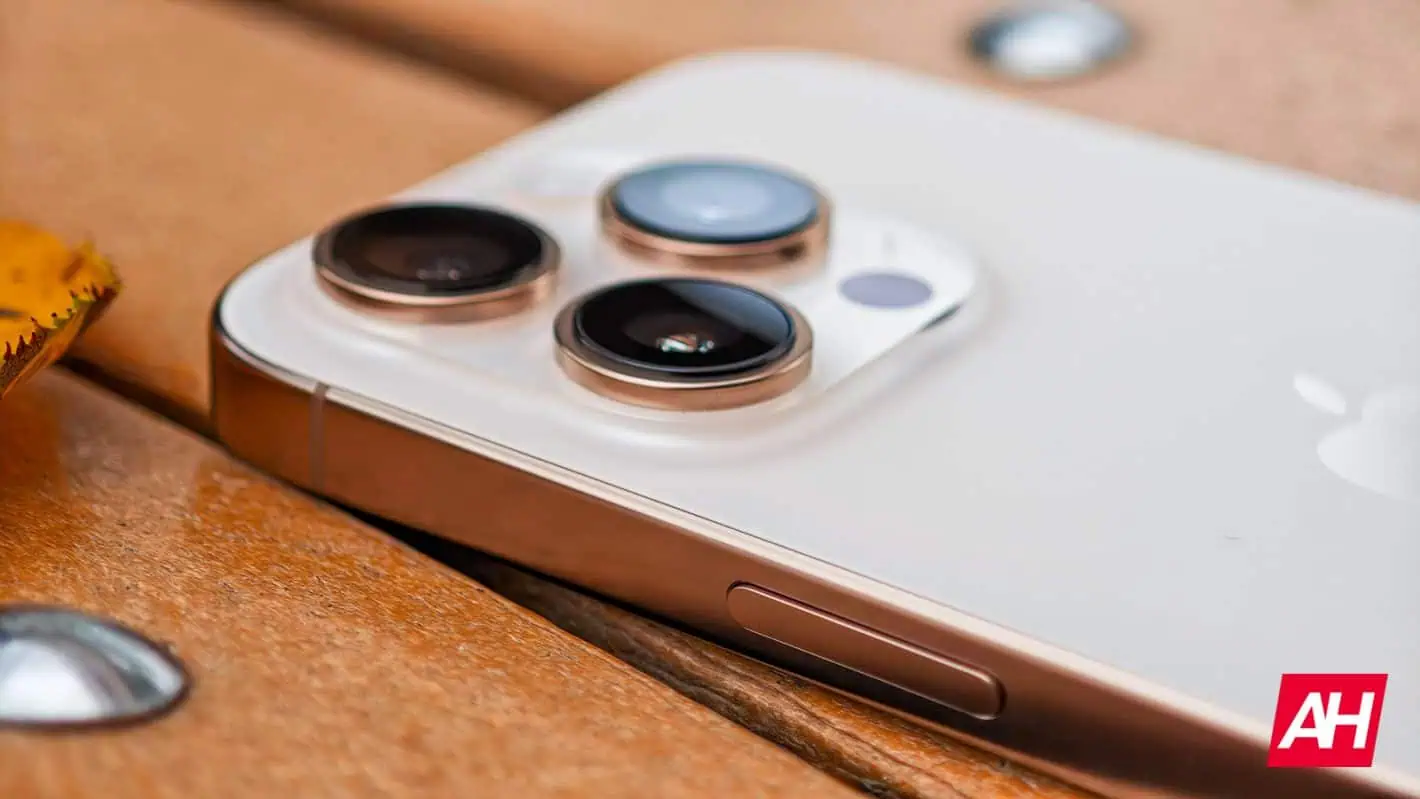Technology
EVs May Damage iPhone 16 Pro Cameras: A Cautionary Tale

Photographers using smartphones to capture images of electric vehicles (EVs) may need to exercise caution. Tech YouTuber MKBHD recently reported that the camera on his iPhone 16 Pro suffered severe damage due to the vehicle’s LiDAR system. The incident raises important questions about the vulnerability of smartphone cameras to the technology found in modern cars.
When MKBHD pointed his iPhone 16 Pro at a car equipped with LiDAR, the infrared lights emitted by the system caused permanent bright spots on the camera lens. This damage is significant enough that the device will require a complete replacement, as there is no software fix or reset that can rectify the issue. Unlike professional camera equipment, which often features coatings to protect against such infrared interference, smartphone cameras are designed for compactness and cost-effectiveness, leaving them exposed to potential damage from LiDAR systems.
Understanding LiDAR Technology
LiDAR, which stands for Light Detection and Ranging, is increasingly common in modern automobiles, particularly in EVs like the Volvo EX90. These systems use laser beams to scan the environment, assisting with features such as advanced driver assistance systems (ADAS) and collision avoidance. While the beams are generally harmless to humans, they can pose a risk to sensitive equipment, including smartphone cameras.
As the automotive industry continues to integrate more sophisticated technologies, consumers may need to consider these potential risks. If you are capturing photos of vehicles known to have LiDAR systems, it is advisable to avoid pointing your smartphone directly at the sensors, especially if they are prominently visible.
What This Means for Smartphone Users
For smartphone owners, this incident serves as a cautionary tale. Individuals should be mindful of where they direct their cameras when photographing EVs equipped with LiDAR. It remains unclear whether third-party protective cases can mitigate the risk of damage. However, replacing a damaged camera can be costly, which may deter users from experimenting with close-range photography of such vehicles.
In conclusion, while capturing the sleek designs of electric vehicles is appealing, smartphone users should remain vigilant. The intersection of advanced automotive technology and everyday consumer electronics presents new challenges that could impact how we document our experiences on the road. As the integration of technologies like LiDAR becomes more common, awareness of their effects on devices like the iPhone 16 Pro is crucial for all smartphone users.
-

 Education3 months ago
Education3 months agoBrandon University’s Failed $5 Million Project Sparks Oversight Review
-

 Science4 months ago
Science4 months agoMicrosoft Confirms U.S. Law Overrules Canadian Data Sovereignty
-

 Lifestyle3 months ago
Lifestyle3 months agoWinnipeg Celebrates Culinary Creativity During Le Burger Week 2025
-

 Health4 months ago
Health4 months agoMontreal’s Groupe Marcelle Leads Canadian Cosmetic Industry Growth
-

 Science4 months ago
Science4 months agoTech Innovator Amandipp Singh Transforms Hiring for Disabled
-

 Technology4 months ago
Technology4 months agoDragon Ball: Sparking! Zero Launching on Switch and Switch 2 This November
-

 Education4 months ago
Education4 months agoRed River College Launches New Programs to Address Industry Needs
-

 Technology4 months ago
Technology4 months agoGoogle Pixel 10 Pro Fold Specs Unveiled Ahead of Launch
-

 Business3 months ago
Business3 months agoRocket Lab Reports Strong Q2 2025 Revenue Growth and Future Plans
-

 Technology2 months ago
Technology2 months agoDiscord Faces Serious Security Breach Affecting Millions
-

 Education4 months ago
Education4 months agoAlberta Teachers’ Strike: Potential Impacts on Students and Families
-

 Education4 months ago
Education4 months agoNew SĆIȺNEW̱ SṮEȽIṮḴEȽ Elementary Opens in Langford for 2025/2026 Year
-

 Science4 months ago
Science4 months agoChina’s Wukong Spacesuit Sets New Standard for AI in Space
-

 Business4 months ago
Business4 months agoBNA Brewing to Open New Bowling Alley in Downtown Penticton
-

 Business4 months ago
Business4 months agoNew Estimates Reveal ChatGPT-5 Energy Use Could Soar
-

 Technology4 months ago
Technology4 months agoWorld of Warcraft Players Buzz Over 19-Quest Bee Challenge
-

 Business4 months ago
Business4 months agoDawson City Residents Rally Around Buy Canadian Movement
-

 Technology2 months ago
Technology2 months agoHuawei MatePad 12X Redefines Tablet Experience for Professionals
-

 Technology4 months ago
Technology4 months agoFuture Entertainment Launches DDoD with Gameplay Trailer Showcase
-

 Top Stories3 months ago
Top Stories3 months agoBlue Jays Shift José Berríos to Bullpen Ahead of Playoffs
-

 Technology4 months ago
Technology4 months agoGlobal Launch of Ragnarok M: Classic Set for September 3, 2025
-

 Technology4 months ago
Technology4 months agoInnovative 140W GaN Travel Adapter Combines Power and Convenience
-

 Science4 months ago
Science4 months agoXi Labs Innovates with New AI Operating System Set for 2025 Launch
-

 Technology4 months ago
Technology4 months agoNew IDR01 Smart Ring Offers Advanced Sports Tracking for $169










